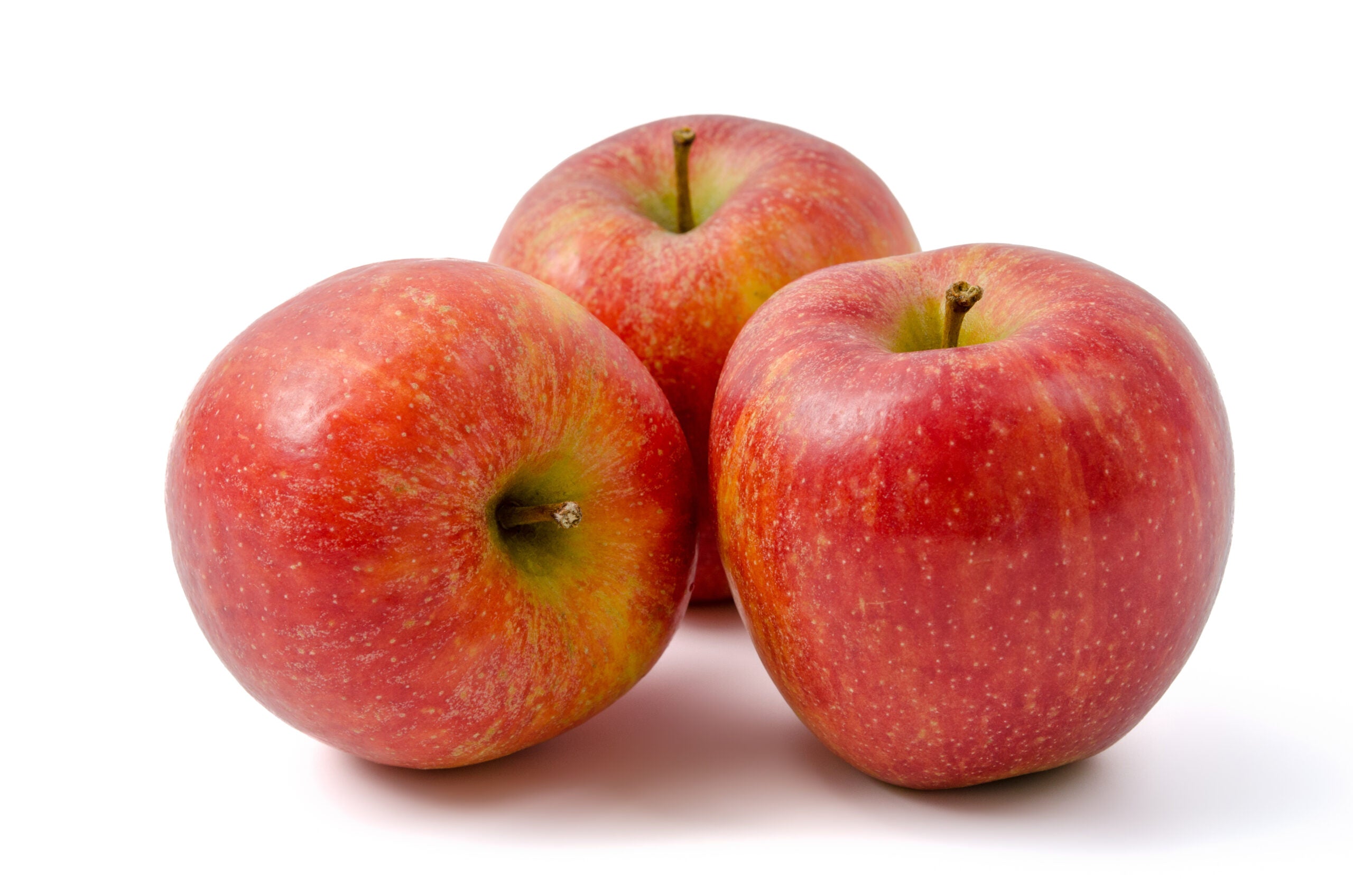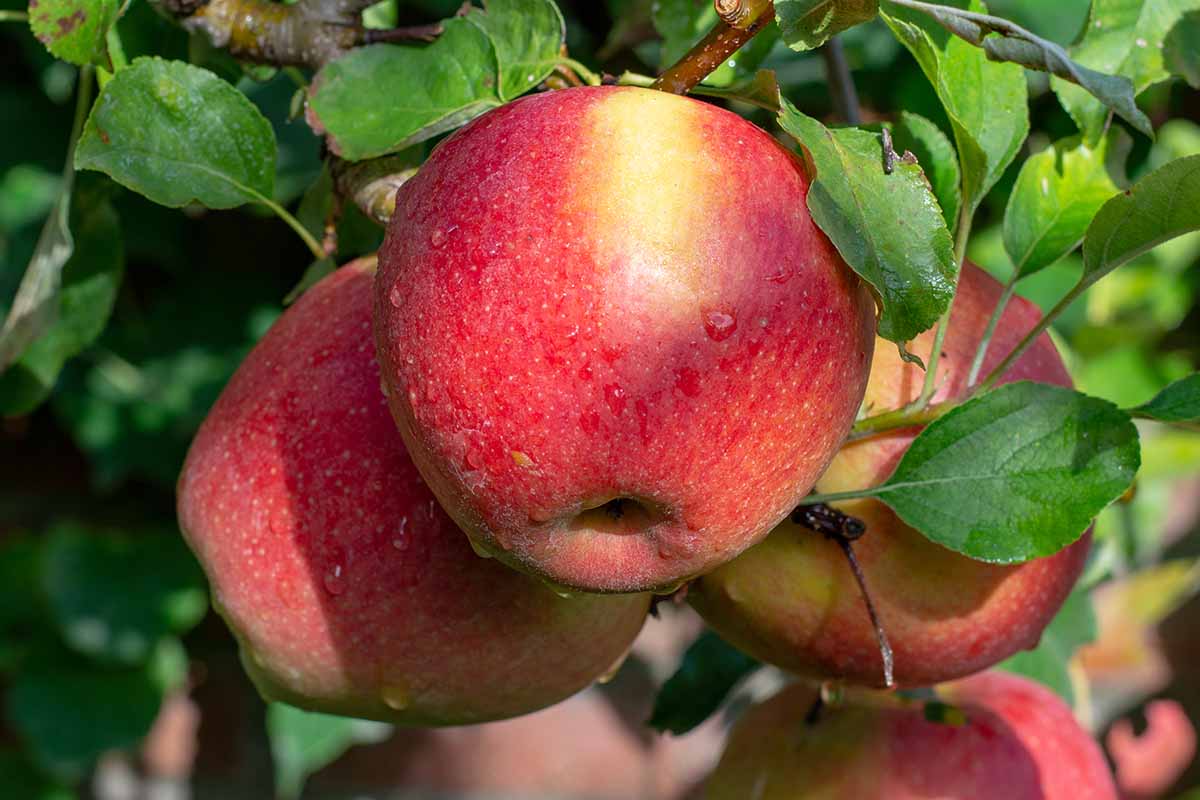




Free Shipping
Safe & Secure Payments
Bring home the classic flavor of Braeburn Apple (Malus domestica) Seeds, a favorite variety known for its crisp texture, refreshing sweetness, and zesty tartness. Originally discovered in New Zealand, Braeburn apples are now cherished worldwide for their balanced flavor and firm, juicy bite.
These versatile apples are ideal for fresh eating, baking, and juicing, making them a staple for home gardeners and orchard growers. Braeburn trees are vigorous, productive, and adaptable to a variety of climates, producing reliable harvests each fall. The fruit’s exceptional flavor, firm flesh, and long shelf life make it a top choice for gardeners seeking high-quality, sweet-tart apples.
Premium Braeburn Apple Seeds for planting
Produces crisp, sweet-tart apples with firm texture
Excellent for fresh eating, baking, and juicing
Non-GMO, naturally cultivated seeds
Hardy, productive, and disease-tolerant trees
Long storage life with excellent flavor retention
Perfect for home orchards and gardens
Common Name: Braeburn Apple
Scientific Name: Malus domestica (Braeburn variety)
Plant Type: Deciduous fruit tree
Growth Habit: Upright and moderately spreading
Mature Height: 12–20 ft
Fruit Type: Apple
Fruit Size: Medium to large
Fruit Color: Red with yellow-green undertones
Flesh: Pale cream, crisp, and juicy
Flavor Profile: Sweet and tart with a spicy undertone
Bloom Time: Mid-spring
Harvest Season: Mid to late autumn (October–November)
USDA Hardiness Zones: 5–8
Sun Exposure: Full sun (6–8 hours daily)
Soil Type: Loamy, fertile, well-drained soil
Soil pH: 6.0–7.0
Watering: Moderate and consistent moisture
Temperature Range: 45–85°F (7–29°C)
Chill Hours Required: 700–900 hours
Pollination: Requires cross-pollination (compatible with Fuji, Gala, or Granny Smith)
GMO Status: Non-GMO
Organic Status: Naturally grown (non-certified)
Seed Preparation: Stratify seeds by chilling them for 60–90 days in moist sand or peat at 34–40°F (1–4°C).
Sowing Depth: Plant ½ inch deep in well-drained, nutrient-rich soil.
Light Requirements: Full sun exposure for best growth and fruiting.
Transplanting: Move outdoors after frost danger passes, when seedlings are 6–10 inches tall.
Spacing: 12–15 ft between trees for proper air circulation.
Watering: Keep soil moist but not waterlogged.
Pruning: Prune annually during winter dormancy to shape the tree and encourage strong branches.
Mulching: Apply organic mulch around the base to retain moisture and suppress weeds.
حدِّد الخيارات


